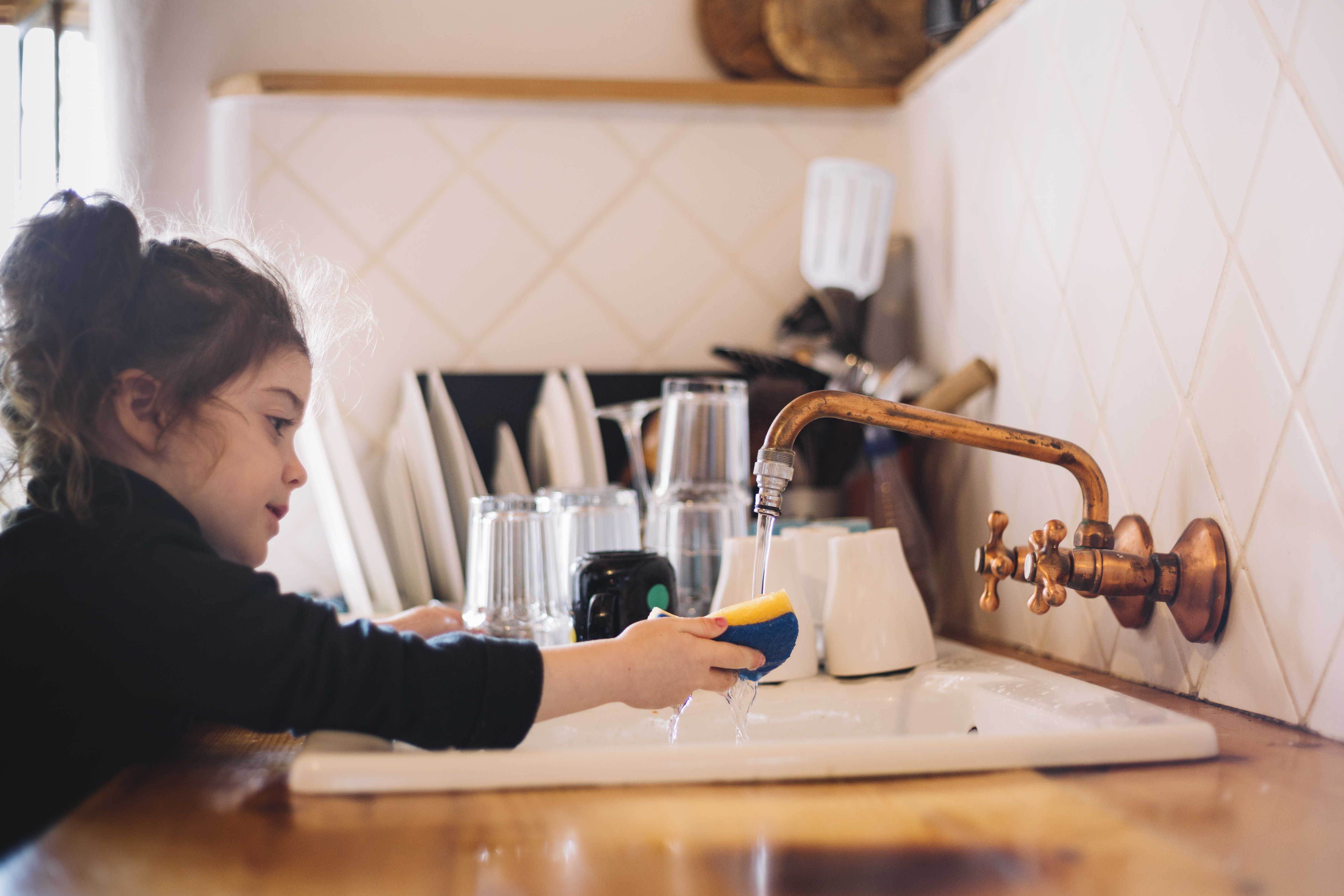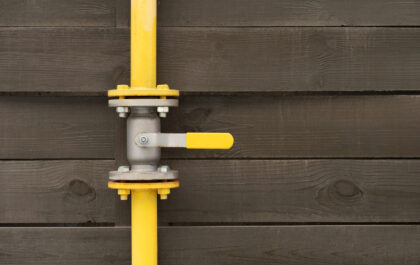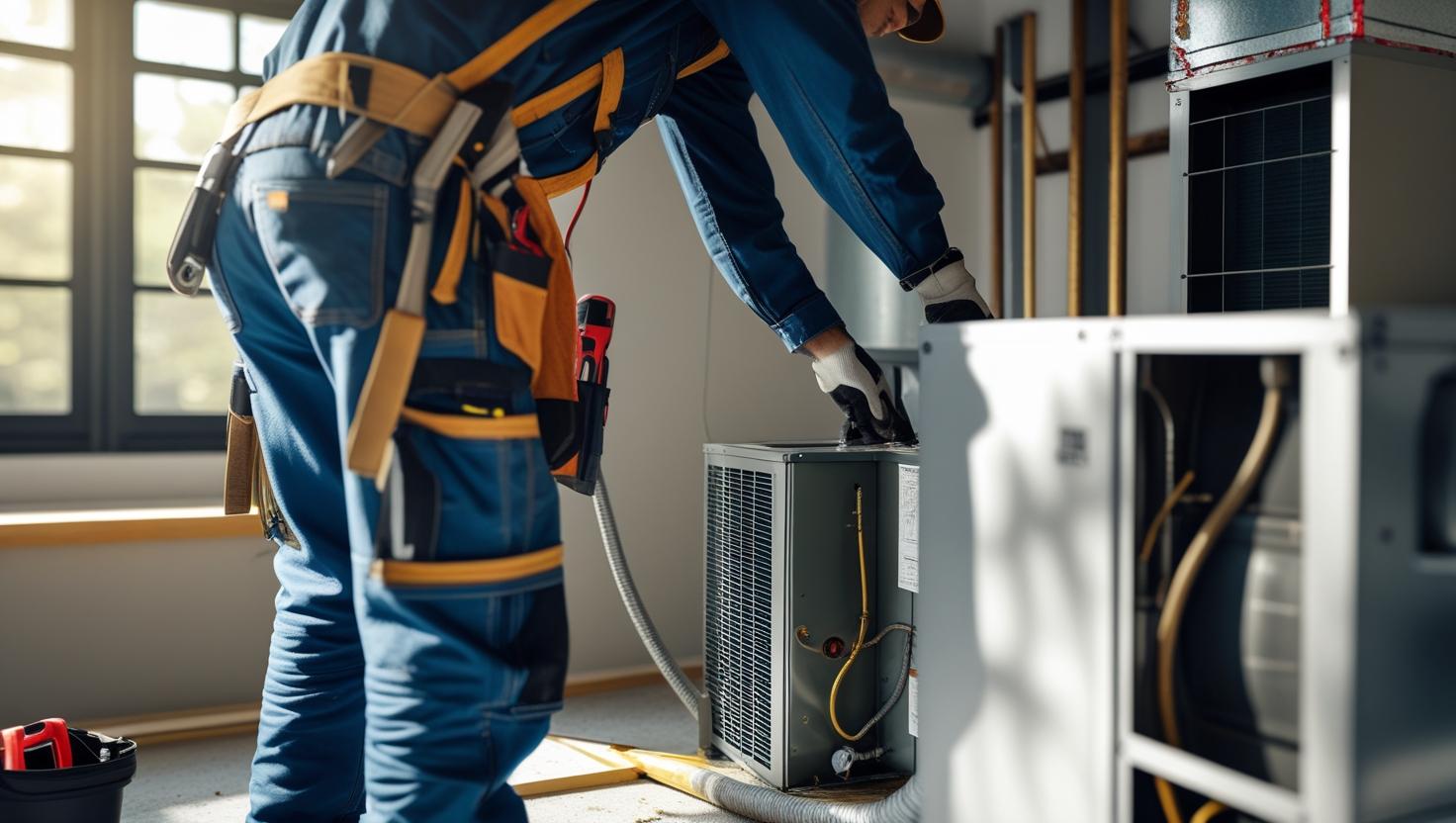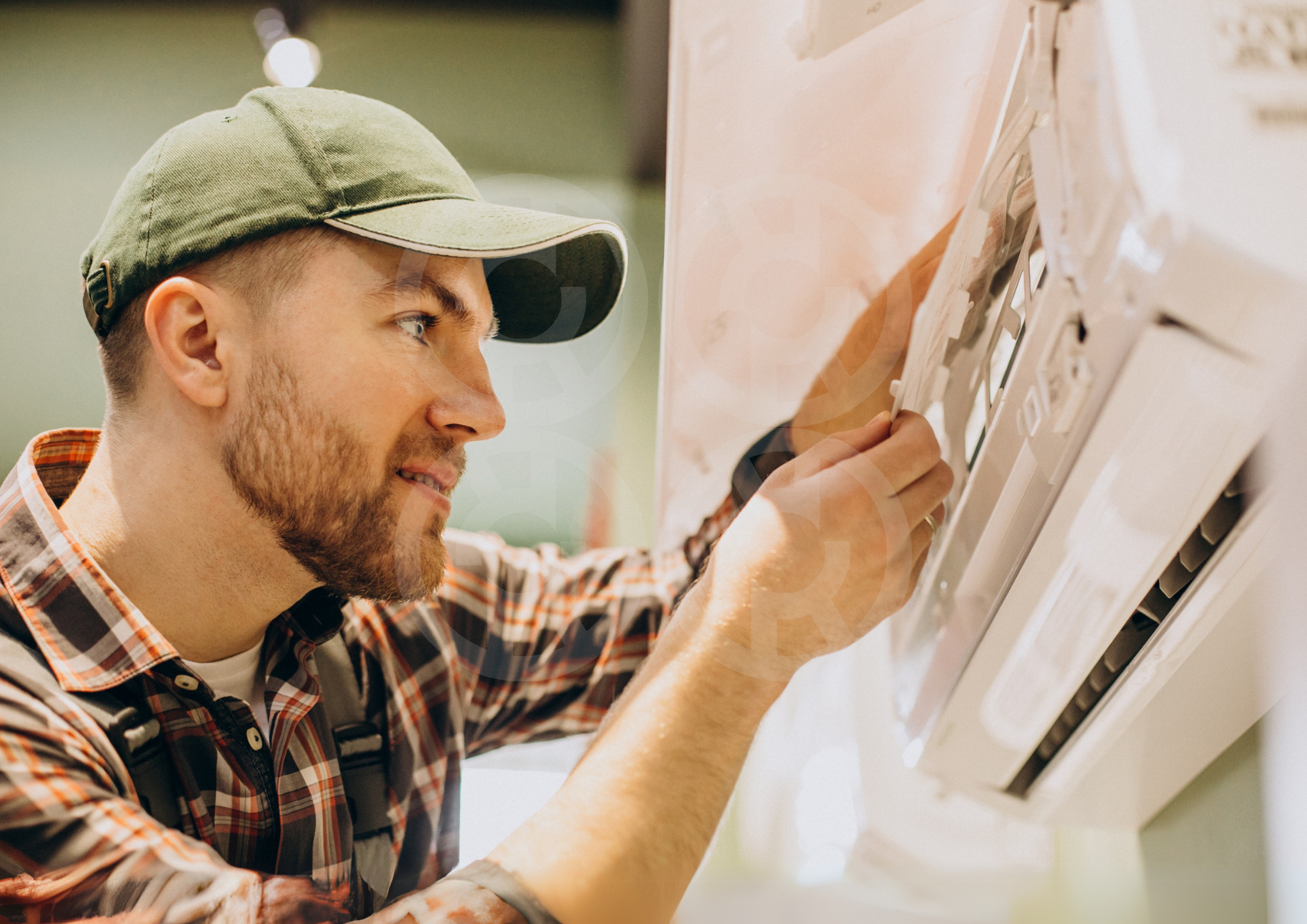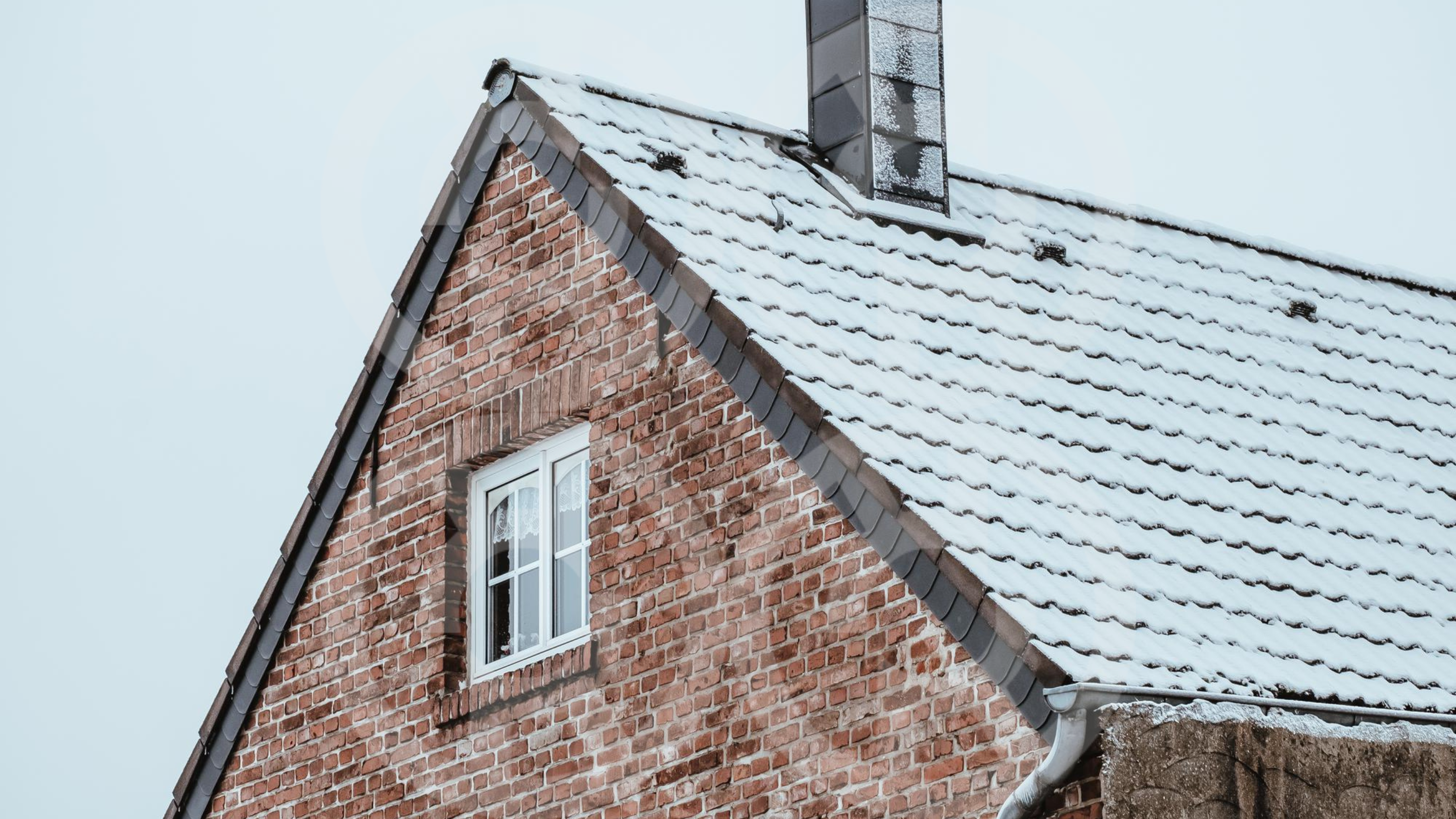1. Musty or Earthy Smells Linger in Your Bathroom
If you’ve cleaned your bathroom thoroughly yet still notice a persistent musty or earthy smell, it could be a sign of moisture from a hidden leak. This odor usually comes from mold or mildew growing due to damp conditions created by leaking water. Avoid simply masking the smell with air fresheners – track down the source by checking areas like under the sink, inside cabinets, or behind faucets.
2. Visible Mold or Mildew Growth
Mold thrives in wet, dark environments like inside walls or beneath flooring where leaking pipes may be hidden. Spotting mold or varying discoloration on walls, ceilings, or floors that aren’t part of normal shower areas often signals water leaking from bathroom walls or plumbing. If you or family members experience allergic reactions such as coughing, wheezing, or eye irritation, it’s time to investigate further.
Do note that some mildew in shower corners can be normal, but mold on dry walls or unexpected corners is a definite red flag.
3. Bubbling, Peeling, or Warping Paint and Wallpaper
When paint blisters or wallpaper starts peeling in your bathroom, it often means water is seeping inside the walls. Damp conditions soften the adhesive, causing materials to fail. This may also accompany bathroom wall leaking water behind the scenes. Warped or swollen baseboards and floorboards nearby are further clues that a leak is affecting your bathroom’s structure.
4. Soft or Damaged Walls and Drywall
Continuous exposure to moisture causes drywall in bathrooms to become soft, bubble, or crumble apart. This usually means water is leaking behind the wall, possibly from pipes or joints. Often, fixing leaks behind drywall requires professional help and subsequent wall repair or replacement. If your walls feel unusually damp or damaged, it’s vital to address the issue quickly to avoid further damage.
5. Wet Spots Inside Bathroom Cabinets
Your bathroom cabinets should be dry and odor-free, so any sign of wetness or moisture inside is suspicious. Water pooling here can point to a leaking pipe or valve, commonly under sinks. Sometimes this is a minor issue like loose fittings, but other times it’s a warning of a more serious bathroom floor leakage risk if water seeps toward the floor.
6. Flooring Issues: Buckling, Warping, and Stains
Buckling or cracking tiles, stained flooring, or soft, spongy areas on the bathroom floor suggest a leak in bathroom floor or underneath it. Water may be escaping from concealed pipes or traveling from another leaking area. Ignoring these signs risks worsening damage to subflooring and support beams beneath your bathroom, potentially increasing repair costs.
7. A Rocking or Wobbly Toilet
A sturdy toilet should feel secure. If it rocks or moves slightly upon use, the wax ring sealing it to the pipe might be compromised, creating a leak behind toilet wall or at the base. While leaks here often start small, water damage and foul odors will soon follow if not addressed.
8. Loose or Wobbly Faucets
If your bathroom faucet loosens when you handle it, water can escape around the gaps creating hidden leaks. Often, re-caulking or tightening connections can temporarily resolve the issue, but a plumber’s inspection ensures a proper fix and prevents future leaks.
9. Water Stains or Sagging on Ceilings Below
Water can travel far from its source, so visible stains or sagging on ceilings underneath your bathroom (especially if it’s on an upper floor) often indicate a serious leak. Brown, copper-colored, or dark water spots show leaked water damage inside walls or floors. Immediate action is necessary to protect underlying structures and prevent mold buildup.
What To Do If You Find a Water Leak in Your Bathroom
Finding any sign of a bathroom water leak means time is of the essence. Early action can save you thousands in repairs. After detecting the leak:
- Turn off water supply to affected pipes or fixtures immediately.
- Remove items from wet areas to prevent damage.
- Inspect for visible mold and consider professional mold remediation.
- Document damage with photos and notes for insurance claims.
- Review your homeowner’s insurance policy to check coverage for water damage.
- File any applicable insurance claims promptly.
- Hire a licensed plumber to identify and repair the leak.
When Should You Call a Professional Plumber?
While minor leaks such as dripping faucets might be manageable for handy homeowners, most bathroom leaks require professional diagnosis. Hidden leaks – from those behind walls to water leaking under bathroom floors – need expertise and specialized tools to pinpoint and fix properly. A high water bill, persistent damp smell, or structural damage are definite signs you should contact a plumbing repair pro.
Can You Repair Bathroom Leaks Yourself?
Small repairs like replacing caulk or tightening pipe joints might be within reach for some experienced DIYers. However, attempting major repairs can lead to greater damage and higher costs. If you suspect a serious leak in the walls or under your bathroom floor, it’s best to leave it to licensed professionals with plumbing expertise.
Preventing Bathroom Leaks: Tips to Keep Your Bathroom Dry and Safe
Once water damage starts under the bathroom floor, the cost and hassle grow quickly. It’s best to prevent leaks before they begin by following these guidelines:
- Regularly inspect plumbing pipes, connectors, and fixtures for signs of wear or corrosion.
- Replace old or corroded pipes promptly to avoid unexpected bursts.
- Maintain caulk and grout lines around tubs, showers, and sinks, repairing cracks or gaps.
- Upgrade plastic water supply lines to durable stainless steel options.
- Clean bathroom drains routinely with strainers to prevent clogs and backups.
- Avoid flushing anything besides toilet paper to reduce plumbing strain.
- Install a smart leak detector for early alert on hidden leaks.
- Address minor drips and leaks immediately before they escalate.
Bathroom Leak Repair Costs: What to Expect
Repair costs for bathroom leaks vary greatly, depending on severity and location. On average, homeowners spend about $275 to fix common leaks like dripping faucets or small pipe repairs. Minor repairs often range between $150 and $600.
Major issues like burst pipes or extensive bathroom water damage restoration can cost up to $4,000 or more. This includes water cleanup (typically $4-$7 per square foot) and replacing damaged drywall, flooring, or fixtures. Early detection helps keep costs manageable.
Table: Common Bathroom Leak Signs and Recommended Actions
| Leak Sign | Description | Recommended Action |
|---|---|---|
| Musty Smell | Persistent earthy odor despite cleaning | Inspect cabinets, floors, and walls for moisture; call plumber if source unclear |
| Mold or Mildew | Black or green spots on walls or floors | Clean small areas; seek professional help for widespread mold and leaks |
| Bubbling Paint/Wallpaper | Peeling or discolored wall coverings | Check for leaks behind walls; repair plumbing and wall damage |
| Warped Floors | Soft, stained, or buckling flooring | Identify and fix leaks beneath floor; replace damaged flooring |
| Rocking Toilet | Toilet moves when used | Replace wax seal and tighten bolts; inspect for leaks at base |
| Ceiling Stains | Water spots or sag on ceiling below bathroom | Urgent leak inspection and repair to prevent structural damage |
FAQs: Everything You Need to Know About HVAC System Costs
What are the most common bathroom leaks?
What causes bathroom leaks the most?
How can I tell if a pipe is leaking behind my bathroom wall?
Can I prevent bathroom leaks?
When should I call a plumber for a bathroom leak?
Conclusion
Bathroom water leaks can cause serious damage, but knowing the warning signs helps you catch problems early. From musty odors to wet floors and ceiling stains, these are clear indicators of possible leaks within your bathroom’s walls, floors, or plumbing. Ready Remodel encourages homeowners to act quickly by inspecting suspicious signs and hiring qualified plumbing professionals for repairs. Taking prompt action saves money, prevents mold growth, and protects your home’s integrity.
Ready to tackle your bathroom leak issue? Find trusted contractors in your area on Ready Remodel today and get free quotes from verified professionals.
